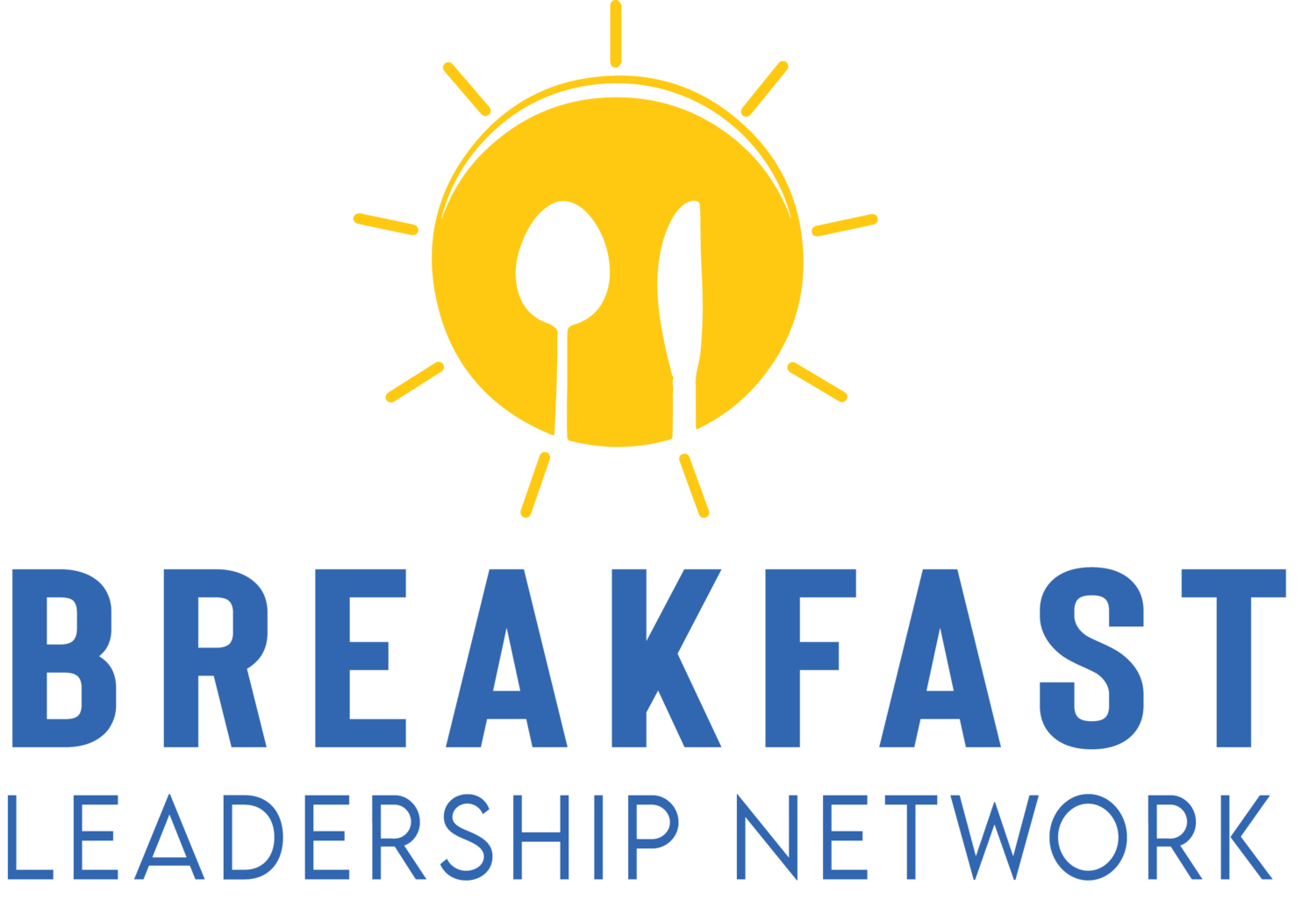Turning Frustration into Action: Channeling Your Concerns into Community Impact
Frustration often gets a bad reputation. It’s seen as an obstacle, a sign of powerlessness, or a barrier to peace of mind. Yet, frustration is also data. It tells us where systems are breaking down, where people are hurting, and where potential for positive change exists. The difference between burnout and breakthrough often lies in how we channel that energy.
At the Breakfast Leadership Network, I often meet leaders and community members who feel overwhelmed by the problems they see—inequality, disengaged workplaces, struggling neighborhoods—but they don’t know where to start. The good news is, frustration can be transformed into focused, meaningful action.
Step 1: Redefine Frustration as Fuel
Instead of viewing frustration as a personal shortcoming, consider it emotional intelligence at work. When you’re frustrated, your mind is signaling that something violates your values or expectations. Rather than suppressing the feeling, unpack it. Ask yourself: What specifically bothers me about this situation? Who or what is affected?
This self-inquiry is the same principle I teach in my Burnout Proof framework, which helps professionals turn emotional stress into actionable clarity. When we label frustration as feedback rather than failure, we reclaim our sense of agency.
Step 2: Focus on What You Can Influence
Frustration thrives in the gap between what we want to change and what feels possible. Narrow that gap by identifying what’s within your sphere of influence.
Maybe you can’t fix every issue in your city, but you can volunteer at a local food bank, mentor a student, or support a small business that aligns with your values. The 10 Ways to Make a Positive Change in Your Community article is a great place to start. Each small action builds momentum and community trust, leading to collective transformation.
According to Stanford Social Innovation Review, incremental “micro-wins” often drive the biggest long-term shifts because they create visible progress and reinforce engagement.
Step 3: Transform Complaints into Commitments
Frustration without direction turns into cynicism. But when we translate our complaints into commitments, we create a roadmap for change.
For example:
“No one cares about our community” becomes “I’ll host one neighborhood event this quarter.”
“Workplace culture is broken” becomes “I’ll start a weekly team check-in to rebuild connection.”
“People don’t listen” becomes “I’ll create space to listen first.”
Each commitment reframes helplessness into purpose. It’s the same strategy behind my podcast, the Breakfast Leadership Show, where thought leaders discuss how micro-actions fuel systemic improvement.
Step 4: Collaborate Instead of Compete
One of the fastest ways to move from frustration to fulfillment is through collaboration. When people work together toward shared outcomes, energy shifts from blame to belonging.
Building partnerships amplifies your reach. Join local business associations, neighborhood councils, or online community groups. Align with those who share your mission and values.
Harvard Business Review’s research on collaborative leadership shows that teamwork built on trust, shared accountability, and purpose can dramatically increase innovation and collective resilience.
Step 5: Celebrate the Progress You Make
Frustration is loud. Progress is often quiet. To stay motivated, you must intentionally celebrate small victories—especially when change feels slow.
Did you help one person feel seen? Did your workplace adopt a new wellbeing initiative? Did your social media post inspire someone to volunteer? These are not minor outcomes—they’re seeds of transformation.
In my article on conquering procrastination, I emphasize the importance of rewarding progress to sustain momentum. The same principle applies to social change: positive reinforcement strengthens your will to continue.
Step 6: Protect Your Energy
Turning frustration into action requires stamina. To create long-term community impact, you must protect your own well-being.
Practices like mindfulness, boundary setting, and adequate rest are not luxuries—they’re prerequisites for sustainable change. Burned-out changemakers can’t lead effectively.
My Burnout Prevention resources are designed precisely for this reason. They remind us that leadership isn’t about doing more—it’s about aligning your energy with your purpose.
Step 7: Share Stories of Impact
Finally, share your wins and lessons learned. Social media, community newsletters, or podcasts are powerful tools for amplifying stories of hope and resilience. When people see others taking initiative, they’re more likely to follow suit.
Stories are contagious. The more we share them, the faster communities heal.
The Bigger Picture
Frustration is often a signal that something better is possible. By channeling it with intention, we not only reduce our own stress but also inspire others to step up. Community impact doesn’t always begin with a big idea—it begins with one frustrated person who refuses to stay stuck.
As I often tell leaders, “The world doesn’t need more critics. It needs more creators.” The next time you feel frustrated, take it as a sign that your leadership instinct is awakening. Use it to build, to heal, and to make a difference—right where you are.
